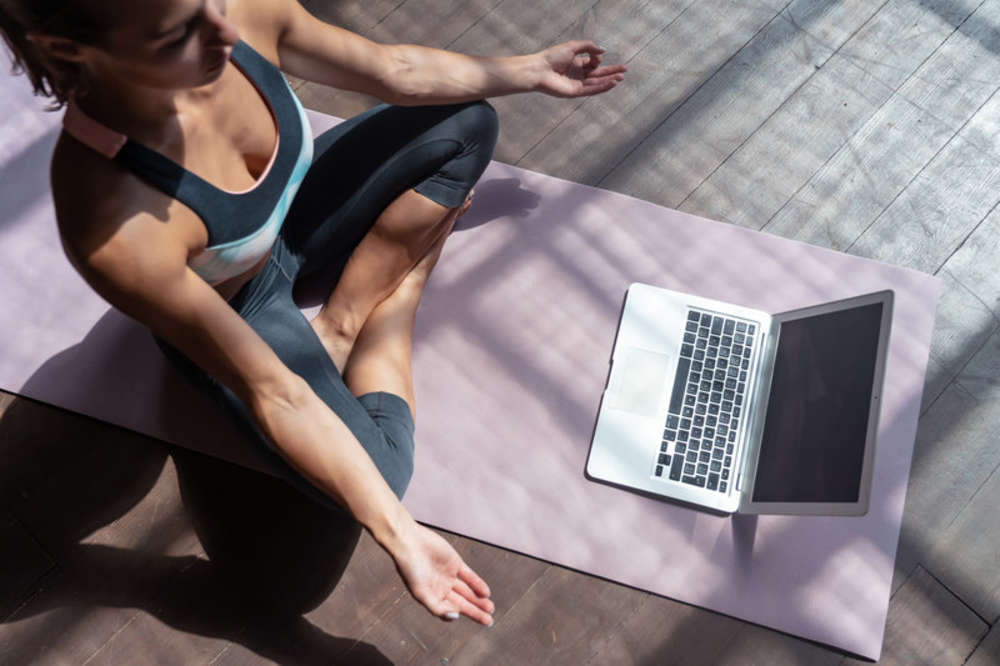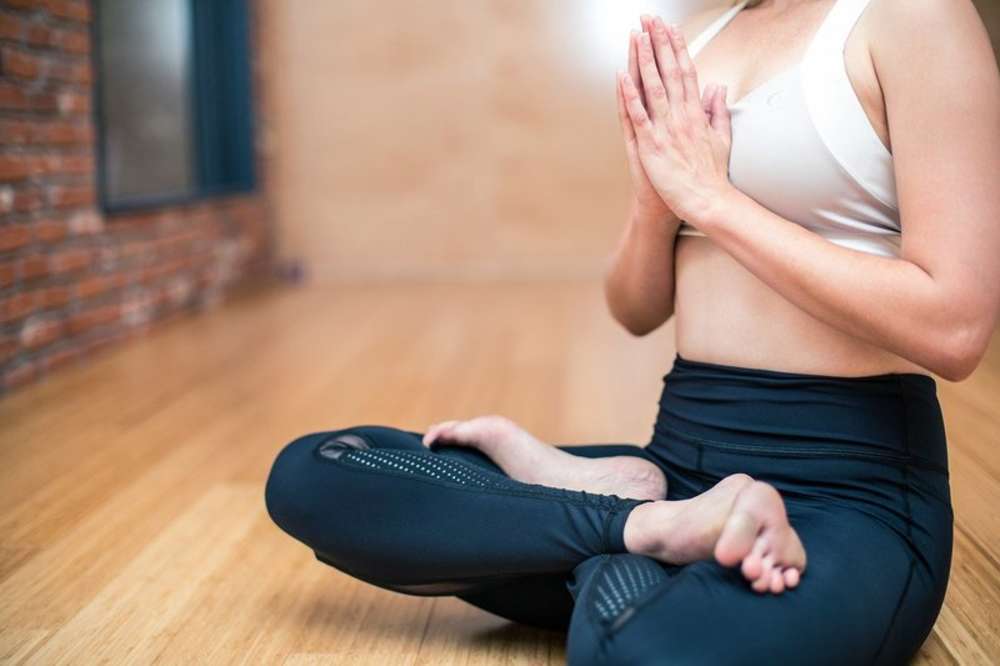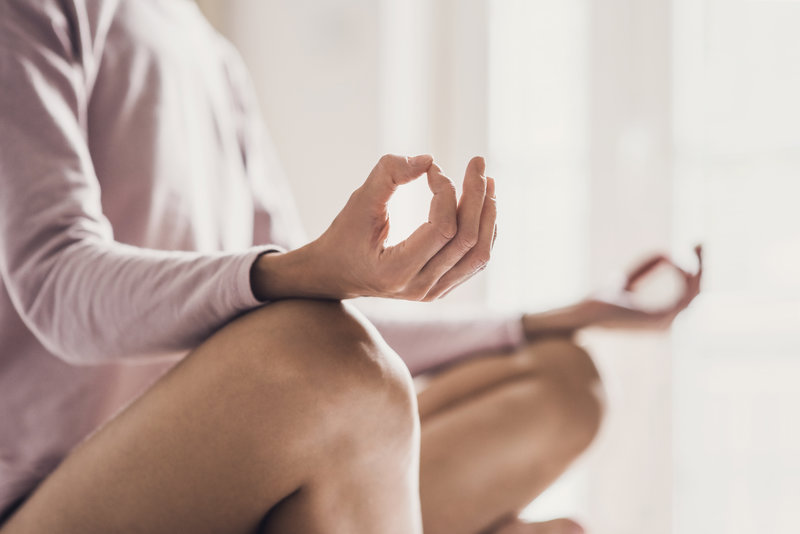Life is stressful - especially right now. And in order to embrace movement and lifestyle changes that also help them destress, your clients and members may be considering starting meditation or yoga classes.
If they’re completely new to both practices, this may leave them asking things like “what’s better, yoga or meditation?” and “what exactly are the benefits of meditation and yoga?”. In this article we lay it all out for you, so that you can provide your clients and members with all the information they need to decide which live-streamed online classes they want to join. Even better, just forward them this blog post so that they can read all the key differences for themselves!
Are yoga and meditation the same?
Needless to say, the two practices have their differences. While they may incorporate some of the same elements, there are a number of things that define what exactly a meditation practice is, and what a yoga practice is. To dig deeper into this, first we should outline what they each are.
What is yoga?
These days, yoga has become famous as a fitness class, well-known for its deep stretching, flexibility enhancement and strength building. But in fact, the practice is ancient (more than 5000 years old) and is steeped in Indian philosophy.
In essence, it’s a practice that works to combine and synchronize mind and body through various poses (or asanas), breathing techniques and often also incorporates meditations. Yoga means ‘union’. And as such, it aims to bring together all of these things to promote wellness and balance.
It’s not just an exercise or workout but is intended as a lifestyle and those who practice it regularly may also often live by a yogic life philosophy and may even eat an ayurvedic or yogic diet. If it’s your first time as a yogi, read more here .
[caption id=“attachment_11604” align=“alignnone” width=“800”]
 insta_photos || Shutterstock[/caption]
insta_photos || Shutterstock[/caption]
What is meditation?
Essentially, meditation is about being still. It is about stillness of both body and mind. That means that it consists of no physical exercises. Your body sits or lies very still as you focus on your breath, scan your body, chant or concentrate on bringing awareness to your body and the space around you.
This is often done by concentrating on objects, sounds or your breathing. Meditation is also an ancient practice and is thought to help bring a greater awareness and acceptance in your day-to-day life by enhancing focus and conditioning the mind.
It helps you to limit excessive rumination and can be done anywhere at any time. Meditation is the ideal practice for people looking to learn how to live more in the present moment - and less in their thinking minds.
What’s better, yoga or meditation?
As detailed in the above descriptions, yoga is more about movement and meditation is about stillness. Meditation can be a part of yoga but it doesn’t really work like this the other way around. The practice that is ‘better’ will completely depend on you and your needs. Both practices can help promote calmness and enable you to destress. But you should also be aware that there are many kinds of meditation and yoga practices. Certainly, as a beginner you may find a high-power Ashtanga class significantly more stressful than a slow restorative yoga flow.

Some main things to consider when choosing whether a yoga or meditation class is better is to consider your motivations and needs. If you have injuries, this may prevent you from doing certain asanas. You should also consider that some asanas must be performed on an empty stomach, so practicality may also play a role in which practice you would prefer to take up. If you only have time for practicing after lunch, perhaps you would be more suited to a still meditation class.
Of course, taking up yoga instead of meditation also makes sense for anyone looking to increase the capacity of their body. If you want to become stronger and more flexible, a long-term commitment to yoga can help you achieve your wellness goals.
The truth is that one practice isn’t necessarily ‘better’ than another. There is no one-size fits all rule. The best approach? Spend some time trying out both yoga and meditation practices and seeing which you prefer. Be sure to try out multiple styles of each and ultimately you will find the most relaxing and mind-expanding practice that works for you.




